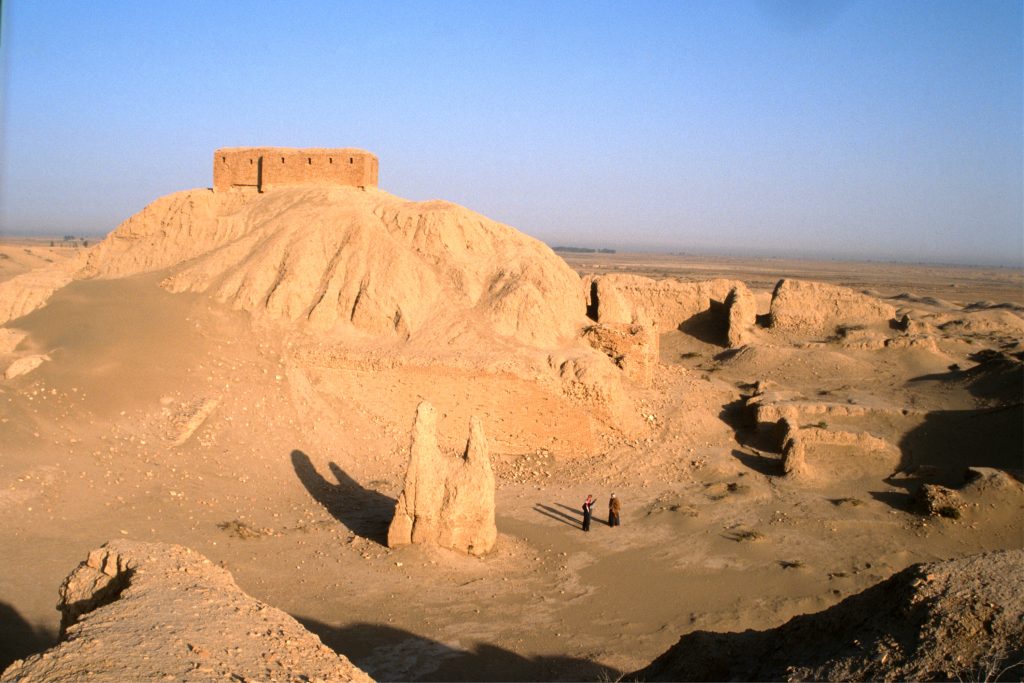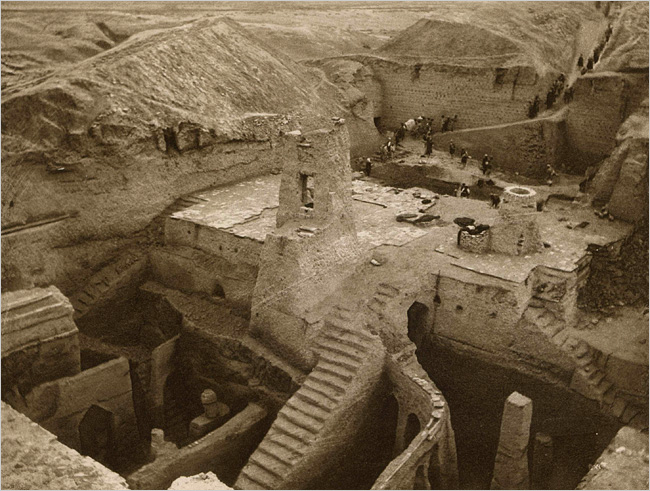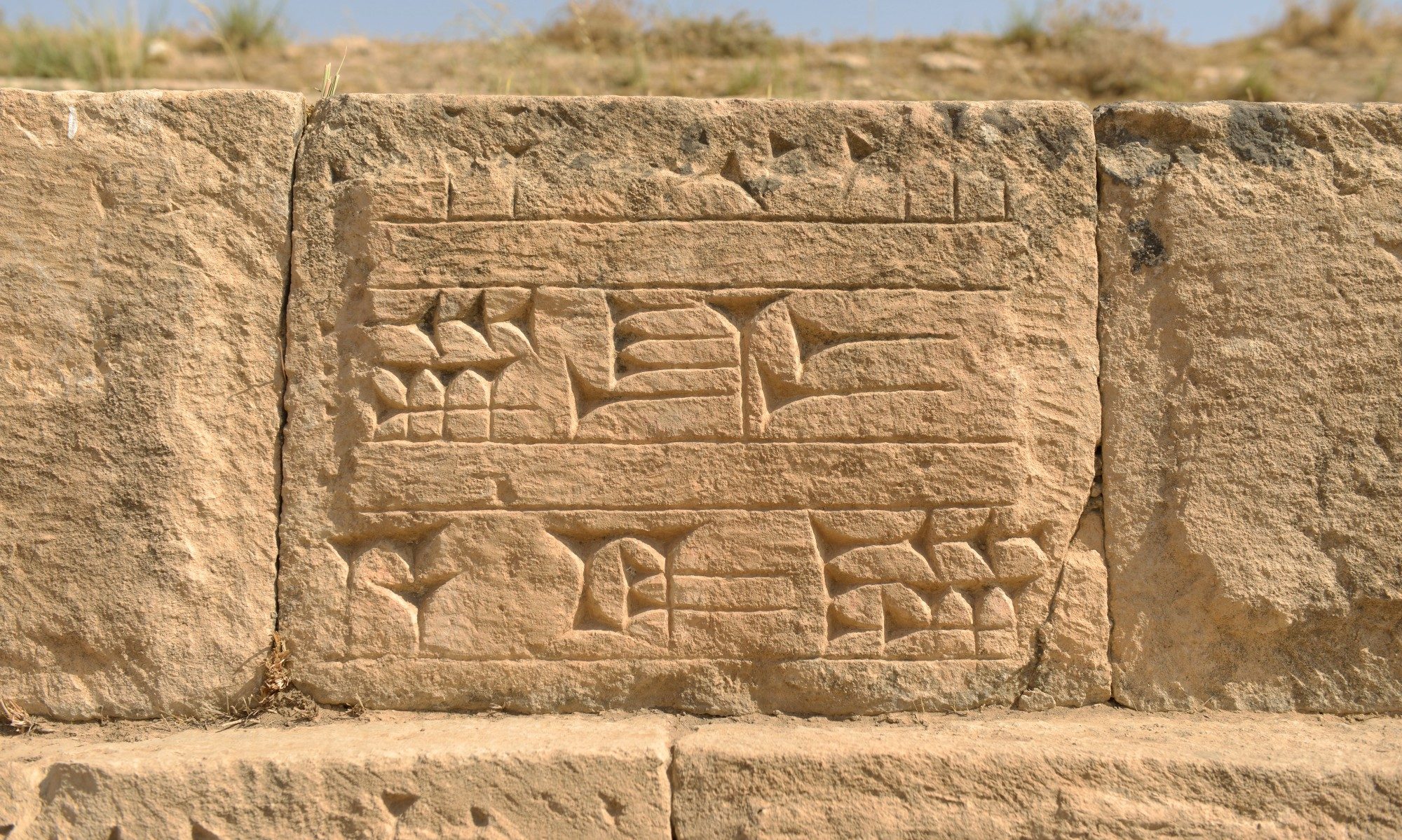Nippur
Entered into the World Heritage Tentative List in 2017
By Dr Mónica Palmero Fernández
The ancient city of Nippur was the most important religious centre in Sumer during the 3rd and 2nd millennia B.C., as it was the seat of the god Enlil, ruler of the cosmos, who was long believed to have the power to confer kingship onto men. In ancient times, the city was located on both banks of the Shatt-en-Nil canal, which was on the course of the Euphrates almost 160 km southeast of Baghdad. The archaeological remains today encompass several mounds and the remains of the canal bed over an expansion of 168.4 ha in the Mesopotamian plain.

Excavations at the site have been carried out since the 19th century. Two main teams have excavated at the site. First, between 1889 and 1900, large-scale excavation of the site unearthed large stretches of the religious centre of the ancient city, including the Ekur or “House-Mountain”, which was the temple complex of the god Enlil and included an imposing ziggurat structure. A team from the Oriental Institute of Chicago led 19 seasons of excavation between 1948 and 1990, uncovering more temples dedicated to other main Sumerian deities, as well as an administrative centre where large quantities of cuneiform tablets (ca. 40,000) were found. Some of these tablets contain the earliest copies of literary texts in the world, including such compositions as the Creation Story and the Flood Story. Finally, remains of a Jewish settlement dating from around the beginning of the Arabic period to the 20th century A.D. were found on the surface of the mound. Jewish presence at the site, however, dates back to at least Persian times according to the textual evidence.

Today, the material culture from the site of Nippur is on display in museums across the world, though perhaps mainly in the Oriental Institute of Chicago, the Iraq Museum in Baghdad, and the Penn Museum in Philadelphia. The tablets from the mound are scattered across many international collections.
As one of the longest-lived Mesopotamian cities, and given its sacred status, the site of Nippur offers invaluable evidence on the Sumerian culture, especially on its ‘high culture’, which includes temple architecture, artistic and literary works. It also preserves an unparalleled archaeological record that spans over the course of more than 6,000 years from the Ubaid period (ca. 5,000 B.C.) to about 800 A.D. The literary works uncovered at the site bear witness to the impact of Sumerian and Akkadian literature on later traditions. Both the Creation Story and the Flood Story have been incorporated into the traditions of the three main monotheistic religions, while the Gilgamesh Epic attests to the earliest tradition of Hero narrative of which Homer’s The Odyssey was the most prominent example prior to the rediscovery of the Gilgamesh Epic.
Due to its location away from modern settlements, the site is not at risk of urban or agricultural encroachment and has been spared the intentional destruction that has recently afflicted many other sites across the Iraqi territory. Its well-preserved current state adds significance for future research, which is under discussion between the Iraqi State Board of Antiquities and Heritage and the Oriental Institute of Chicago.
UNESCO webpage
https://whc.unesco.org/en/tentativelists/6173/
Nippur Expedition at the Oriental Institute of Chicago webpage
https://oi.uchicago.edu/research/projects/nippur-expedition

